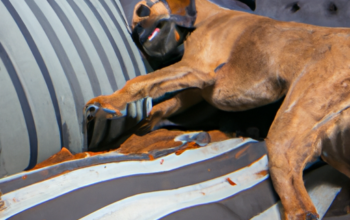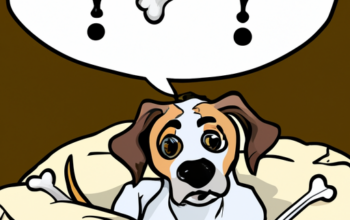Introduction
As a caregiver, your natural instinct is to provide care, love, and guidance. When it comes to disciplining your dog, your approach should be no different. This guide will help you understand how to discipline your dog effectively without causing harm or fear.
Understanding Your Dog’s Behavior
Before you can discipline your dog effectively, it’s important to understand why they might be exhibiting certain behaviors. Dogs act out for a variety of reasons, including:
- Lack of exercise
- Boredom
- Anxiety
In many cases, simply addressing these needs can help to curb unwanted behavior.
Using Positive Reinforcement
Positive reinforcement is a powerful tool in dog discipline. This involves rewarding your dog when they behave correctly, rather than punishing them for misbehavior. This can include:
- Praising your dog when they behave correctly
- Giving treats as rewards
- Using toys or games as a reward
Setting Boundaries and Expectations
Setting boundaries and expectations is a crucial part of disciplining your dog. This can involve:
- Establishing a consistent routine
- Using clear, consistent commands
- Setting physical boundaries in your home
| Activity | Appropriate Boundaries |
|---|---|
| Feeding time | Designated eating area |
| Play time | Specific toys or play areas |
| Rest time | Specific sleeping or resting area |
By setting these boundaries, you help your dog understand what is expected of them.
Dealing with Aggression
Dealing with aggression in dogs can be challenging. It’s important to remain calm and consistent, and seek professional help if necessary. Steps to take can include:
- Avoiding triggers for aggression
- Using positive reinforcement to reward calm behavior
- Seeking help from a professional dog trainer or behaviorist
Frequently Asked Questions
Q: Should I use physical punishment to discipline my dog?
A: No, physical punishment can create fear and aggression.
Q: My dog doesn’t respond to my commands. What should I do?
A: Try using clear, consistent commands and rewarding your dog for obeying.
Q: My dog is aggressive towards other dogs. What should I do?
A: Seek help from a professional. This could be a sign of fear or anxiety.
Remember, your role as a caregiver is to provide guidance and support. With patience and understanding, you can help your dog become a well-behaved member of your family.



